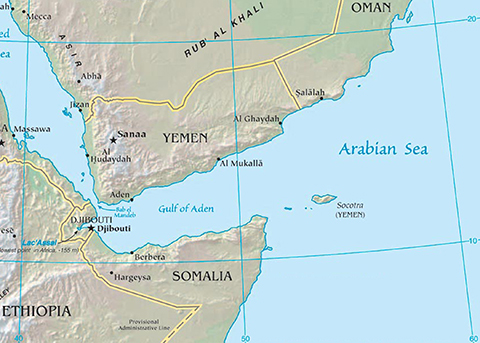TRACTION PAD INSTALLATION
 |
| Photo: http://www.surfsailaustralia.com.au/showProduct/Surfing/Wax+and+Grip/dread/X-Trak+Dread+Icon+Series+Traction+Pad |
So, you’ve gone and purchased a new traction pad… maybe even a surfboard too.
Now you need to slap that fresh pad on your stick.
Have a look at video tutorial, or if you’re more of the reading type,
feast your eyes on our written version below.
PREP
Installing a traction pad can be applied to both new and used surfboards. There are a few simple steps we need to cover before jumping into applying the pad, so let’s get down to it.
Dust, wax, salt, sand and any other grime needs to be cleaned off the surfboard. This can be done using wax remover or mineral spirits. If neither are available, try a liberal amount of acetone or a wet rag. After wiping down the surfboard, go over it one last time with a clean rag or paper towel to remove any remaining residue from the cleaners.
INSTALLATION
Remove the traction pad from its packaging (don’t remove the backing just yet) and lay it out on the surfboard. Line up the pad wherever you like. There’s no right or wrong way. It may be placed for example close to the tail, just above the leash plug.
Once lined up, grab a pencil and trace around the corners of each piece. Remove the backing from the first piece and line it up with the pencil marks. Try not to touch the sticky adhesive by holding the outer edges with you thumbs and forefingers.
Align one corner of the piece with the pencil marks and gently place it on the surfboard. Align the opposite corner with the other pencil mark letting the piece rest gently on the surfboard. Firmly slide your thumb across the traction pad from one side to the other. This will remove any air bubbles trapped between the adhesive and the surfboard. Follow these steps for any remaining pieces.
GO SURF
Well, not just yet! Most brands recommend waiting 24 hours before surfing.
But they say that even if you'll go surfing just after applying a traction pad, there shouldn’t be any problems as long as you’ve done a good job pushing that pad onto the surfboard.
